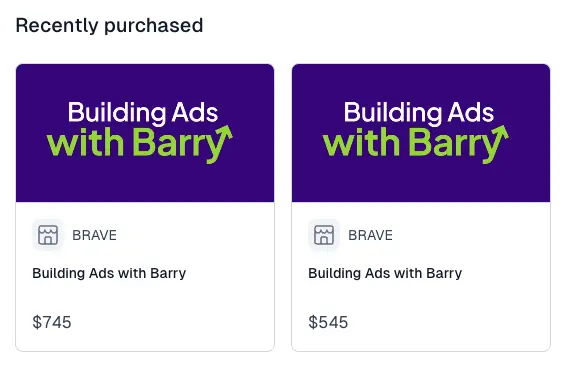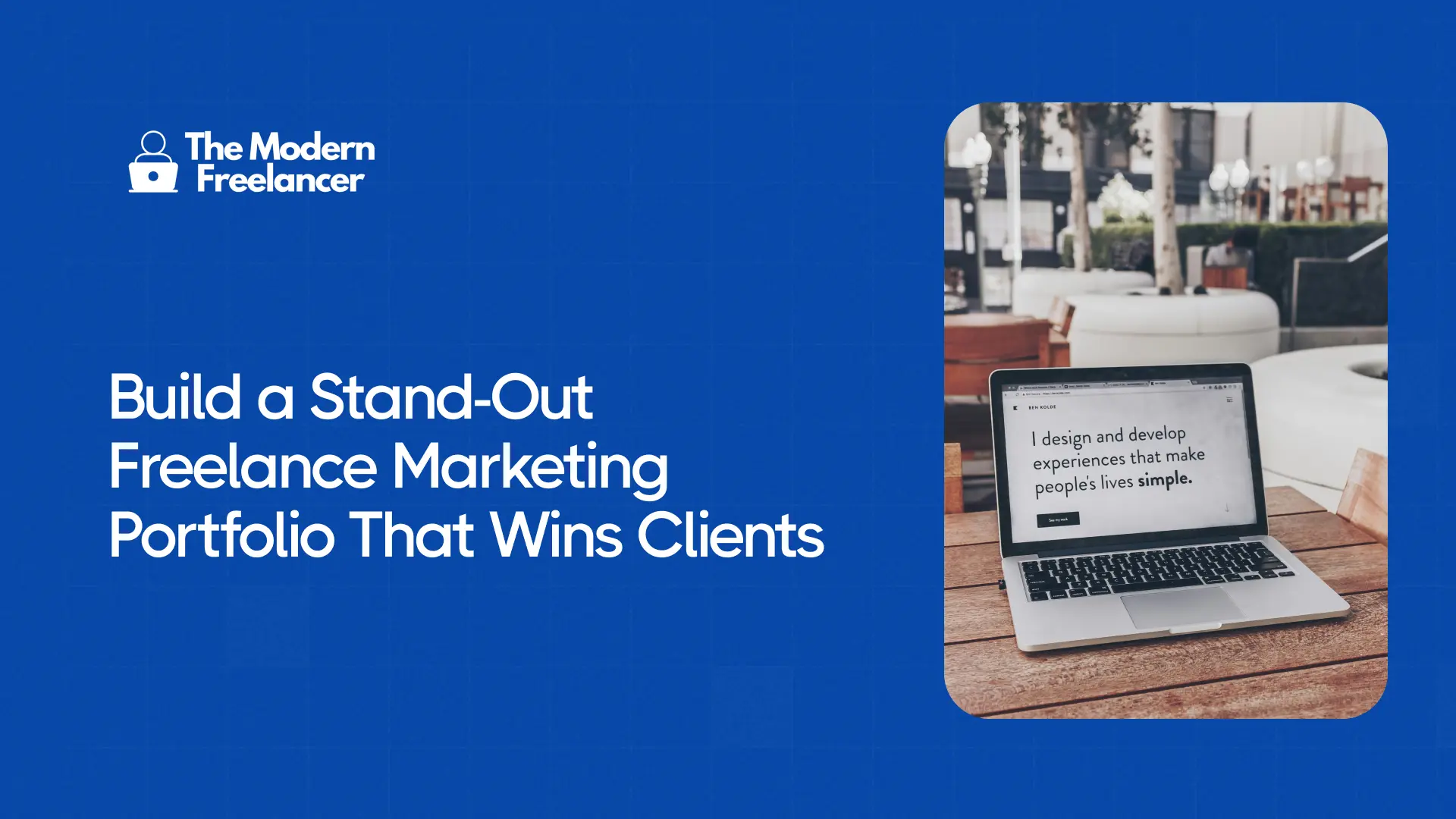The Best Investment for Freelancers Isn't Stocks or Real Estate (It's Yourself)
How investing in yourself can beat the S&P 500 by 1000% (plus the 4 types of self-investment that actually work)
.webp)
Heads up: Some of the links below are affiliate links, which means I may earn a small commission if you choose to use them — at no extra cost to you. I only recommend tools I personally use and trust.
I recently spent ~$1,300 on two courses from Barry Hott that significantly increased my ability to come up with winning Facebook ads for my clients (the freelance service I offer).

Most freelancers would call me crazy. "Alex, you could have put all that money in the S&P 500 and gotten a guaranteed 10% return!"
Here's what they don't understand: At my level as a freelancer, the ROI on investing in myself is exponentially higher than any traditional investment.
This year alone, I've invested tens of thousands in myself: $97 mini courses, two accelerators ($1,300 and $2,500), renewed my Hampton membership for $10,000, and my Soho House membership for $6,000.
Total investment in myself this year? Over $25,000.
And it's the best money I've ever spent.
Why Self-Investment Should Come First
Let me be clear: I'm not against traditional investing. I actually dollar-cost average into index funds regularly, and I think every freelancer should build wealth through diversified investments.
But here's the key: At our level, investing in yourself should be the priority. If you only have $5,000 to invest this year, putting it into your skills and network will likely generate better returns than putting it all in the S&P 500.
➡️ Self-investment is for wealth creation.
➡️ Traditional investing is for wealth preservation.
As a freelancer, you ARE your biggest asset. Your earning potential isn't limited by salary bands, corporate hierarchies, or annual review cycles.
The S&P 500 might give you 10% annually. But one new skill, one better process, one stronger network connection can increase your income by 50%, 100%, or even 200%.
The Math That Changes Everything
Let's break down the real numbers:
Traditional investment: $10,000 in S&P 500 = $1,000 annual return (~10%)
Self-investment: $10,000 in skills/network = Potential for $50,000+ additional annual income
Think about it: If a $2,500 course helps you raise your rates by just $25/hour, and you work 20 billable hours per week, that's an extra $26,000 per year. That's a 1,040% ROI.
You can't get that return in the stock market.
I've seen this play out repeatedly. The freelancers who invest heavily in themselves are the ones charging premium rates and building networks that consistently send deals their way.
My Personal Investment Portfolio
Here's exactly where I put my money:
Skills Development: Barry's ad course taught me creative strategies that improved client results by 30%.
Network Access: Hampton membership connects me with other entrepreneurs doing 7-8 figures. The conversations alone are worth the $10K.
Environment: Soho House gives me a professional space to work and meet interesting people. Environment shapes performance.
Continuous Learning: Even $97 courses often contain one insight that changes how I approach client work.
The $2,499 accelerator I just joined below? It's specifically designed to help me make this newsletter better, which directly impacts my personal brand and business growth.

When Self-Investment Goes Wrong
Not all self-investment is created equal. I've wasted money on:
- Courses I never finished
- Communities where I didn't engage
- Tools I bought but never used
The key is strategic investment. Ask yourself: "Will this directly improve my ability to serve clients or grow my business?"
If you're still transitioning from 9-5 to freelancing, start small. A $97 course that teaches you one new skill is better than no investment at all.
Remember, most freelancers don't have a sales problem (they have a skills problem).
The Old Freelancer Way vs. The Modern Freelancer Way
The old freelancer way:
- Save every penny for "financial security"
- Invest all extra money in index funds first
- Learn everything for free on YouTube
The modern freelancer way:
- Invest heavily in skills and network first
- Treat yourself as your primary asset
- Pay for premium knowledge and access, then diversify into traditional investments
Your Action Step
This week, audit your investment strategy:
- How much did you invest in yourself last year?
- How much did you invest in traditional assets?
- Which investment generated better returns?
Then commit to one self-investment this quarter. A course, a community, a coach, or a conference.
Build your traditional investment portfolio too - dollar-cost averaging into index funds is smart. But don't let that get in the way of investing in yourself if you have limited capital.
Right now, bet on yourself first. The ROI is unmatched.
Disclaimer: This is not financial advice. I'm sharing my personal experience and perspective. Consult with a financial advisor for investment decisions.
--
Want more freelance marketing tips that actually work?
Subscribe to my newsletter and get actionable freelance marketing strategies delivered to your inbox weekly.



